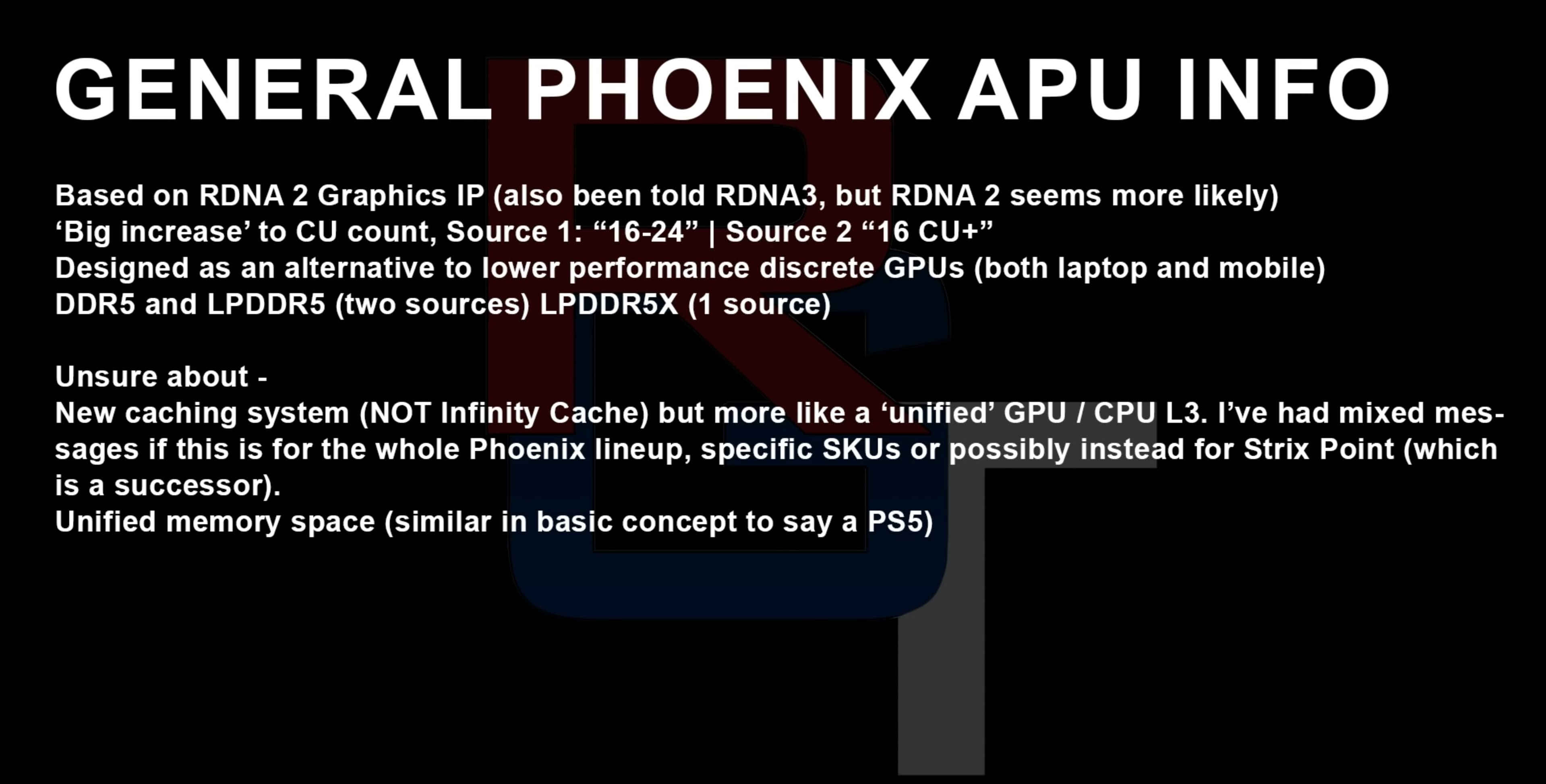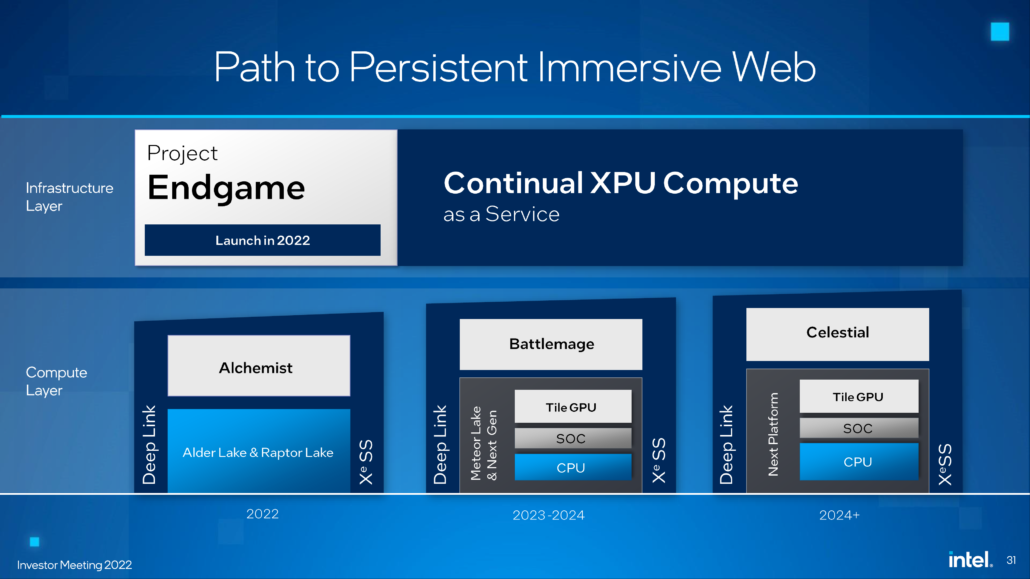
AMD is the undisputed king of integrated graphics, with its Ryzen APUs delivering the best performance in an energy-efficient package. AMD Ryzen APUs continue to outperform their predecessors, and the recent move to the RDNA 2 architecture has brought increased performance, but it looks like the next generation will deliver a big win for the budget gaming industry, which will also fall from the blue team.
AMD Ryzen APUs, codenamed Phoenix, could mark the end of low-end desktop graphics and start a revolution in budget PC gaming
Despite being the leader in integrated graphics, AMD continues to innovate. Even with the Pre-Rembrandt APUs, the company continues to improve the performance of its Radeon Vega graphics architecture. Huge improvements have been achieved by moving the Vega architecture to the new 7nm process node, which adds power optimizations and boosts clocks by a mile for higher performance.
With its latest product line, the Ryzen 6000 “Rembrandt,” AMD turned the entire architecture into RDNA 2. The APU is the first to use the 6nm Radeon graphics architecture, which greatly improves clocking and efficiency. Offering up to 12 RDNA 2 Compute Units for a total of 768 SPs and the same architectural capabilities as the desktop lineup, the small Radeon 680M iGPU has shown impressive performance so far, approaching the desktop-class GeForce GTX 1060, and even with Higher efficiency landed than the desktop RX 6400 graphics card. Our friends at TechEphipany have a full video channel on YouTube dedicated to gaming benchmarks and AMD APU performance, which you can check out here.

But we haven’t seen the full potential of the Ryzen APU’s iGPU. AMD Rembrandt APU versions on desktop platforms are still imminent, and higher TDP ratings will allow users to overclock and extract more performance from the RDNA 2 chip on a single chip. Considering the Radeon 680M’s performance in the laptop space, it will let PC gamers on a budget easily enjoy 1080p gaming without investing in a $150+ graphics card. But Rembrandt on the desktop is just a preview of what’s to come. Enter Phoenix!
AMD Phoenix Ryzen APU – A Game Changer in Budget PC Gaming
AMD’s next-generation Phoenix APUs will truly change the game in budget PC gaming. Although it’s still a year away from launch, these APUs will reportedly feature 5nm Zen 4 cores and RDNA iGPUs. Now, how is it a game changer if it still uses the same RDNA graphics core? First, we don’t know if this iGPU is based on the RDNA 2 or RDNA 3 variant. Previous reports have stated its RDNA 2, but considering that the APU will be launched a few months after the next Radeon lineup, AMD may opt for RDNA 3. We know that RDNA 3 IP exists at the 5nm and 6nm nodes.
AMD can go either way, either with RDNA 2 on 5nm with enhancements in the power department, or with RDNA 3 on 6nm with architectural improvements. I’m still leaning towards the RDNA 2 IP as it makes more sense based on the next rumor being stated.

Rumour has it that AMD Phoenix’s “Ryzen” APU with 16-24 RDNA Compute Units could bring a revolution in cheap PC gaming. (Image credit: RedGamingTech)
So far, we haven’t heard anything about the number of CUs for the Phoenix APU, but new rumors suggest anywhere from 16 to 24 compute units. That’s double the number of CUs in current iGPUs, the Radeon 680M, and even at the lowest end, the same number of CUs as the desktop graphics card Radeon RX 6500 XT. How much performance is that? We have a chart showing you FP32 (theoretical) horsepower:
As you can see from the image above, the Radeon 680M already offers close to the computing power of the Xbox Series S console and is faster than the desktop-class RX 6400. The next generation of Phoenix Ryzen APUs can deliver higher performance and surpass more entry-level graphics solutions.
The company could further fine-tune RDNA 2 for its Phoenix APUs, and we could finally get faster performance than the desktop Radeon RX 6400 or even the RX 6500 XT within a year of launch. This will be a game-changer for PC gamers on a budget, as they can buy a CPU without spending $150-$199 on a graphics card and get similar or better performance.
Technology of the future (for Ryzen APUs?)
Additionally, AMD has been working on technologies that could be integrated into next-generation Ryzen APUs such as Phoenix. The first and most obvious one is the 3D V-Cache, and considering the Monolithic design doesn’t have access to higher caches compared to its MCM brethren, the gaming APU could benefit a lot. 3D V-Cache has already proven its worth on the 5800X3D, and it may pave the way for higher performance on cache- and bandwidth-starved Ryzen APUs. Another technique is infinite caching.
Infinity Cache is definitely a huge help for the GPU, providing it with a close to GPU caching solution with lots of high-speed bandwidth. AMD is working on adding it to its new RDNA 3 MCM GPUs in the form of MCDs via vertical stacking, but only time will tell if this technology will eventually appear on Phoenix. Sure, these technologies would be cool, but it would take a lot of work and R&D to make them work, so maybe a later generation would take advantage of them if it weren’t for Phoenix. But at the end of the day, even without them, increased CU counts, clocks, and power optimizations could deliver current low-end graphics performance on Ryzen APUs by 2023.
Intel Arc vs AMD Radeon – The next battleground for entry-level graphics cards
It’s not just AMD that is investing in more powerful iGPUs. Intel also announced in its own roadmap how they will leverage their Arc GPU IP to integrate into their future CPUs. AMD may be eyeing stiff competition from Intel, which hopes to implement its latest graphics IP in Meteor Lake CPUs as early as 2023. As opposed to AMD’s monolithic implementation, Intel will use a multi-tiling approach for its iGPUs and call it a tGPU (Tiled GPU).

The GPU will retain all features of the IP such as DeepLink, XeSS, ray tracing, etc. So it all depends on who provides the best user experience, and AMD may have an edge here with its more powerful Radeon software suite. Intel still has a long way to go considering all the trouble they had with the first Arc, so we’ll see how they stack up in 2023.
While this all means the end of low-end discrete graphics, it’s all for a reason, as we’ve seen entry-level graphics cards just aren’t that great compared to iGPUs. This is especially true in the laptop space, where the Navi 24 has proven to be far less impressive than the Radeon 680M. Even the desktop version has been disappointing so far, and with the same performance as the next-gen APUs, spending $150+ on a discrete graphics card isn’t going to be a huge benefit.
If you had a budget PC, which one would you choose?










